Millions of years of evolution have given the world’s islands distinct plants that are found nowhere else on Earth.
However, these unique organisms are under threat as humans drive the seed-spreading animals they rely on to extinction.
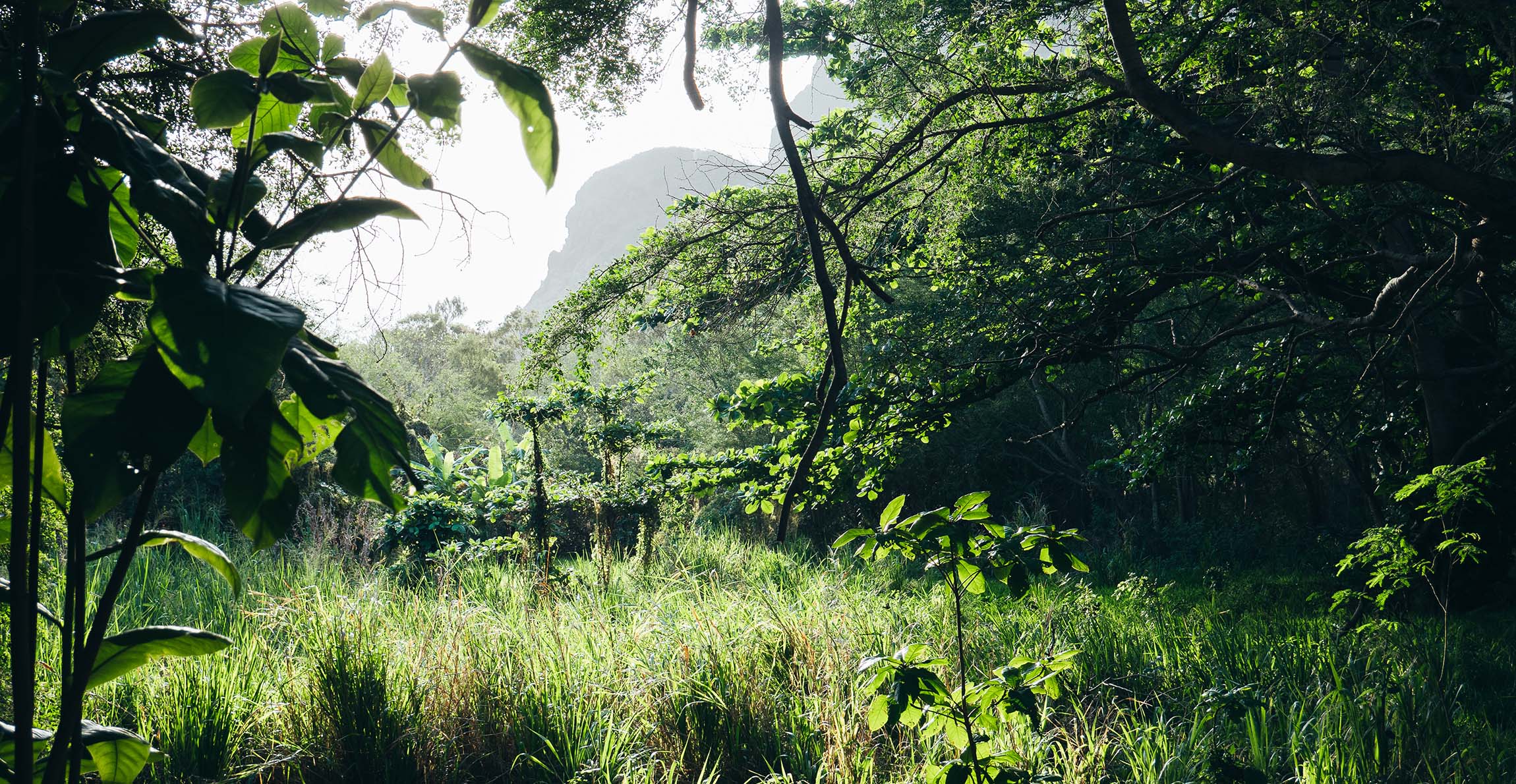
The extinction of the Mauritius giant tortoise and dodo have made it harder for plants to spread on the island. © Nightcall Studio/ Shutterstock
Millions of years of evolution have given the world’s islands distinct plants that are found nowhere else on Earth.
However, these unique organisms are under threat as humans drive the seed-spreading animals they rely on to extinction.
Big-seeded plants are at risk of being marooned on islands as fruit-eating animals have disappeared.
Islands are renowned for their weird and wonderful wildlife, from Madagascar’s enormous elephant birds to the giant tortoises of the Galápagos. However, many of these species have been driven to extinction by humans through hunting and the introduction of animals such as rats and pigs.
This is a problem for the many plants which rely on animals to spread their seeds. New research shows that on these islands the average mouth size of fruit-eating animals has shrunk as new species have been introduced and others have gone extinct.
Now, the seeds of some plants are simply too big to fit in the mouths of the animals left behind. This decline of seed-swallowing animals could limit how far a plant can move and how likely the seed is to germinate.
Dr Julia Heinen, the lead author of the study, says that it raises the risk that these plants might also become extinct.
“Until now, most work on this topic has focused on individual islands or particular animal groups, like birds,” Julia explains. “To see the global picture, we had to include birds, mammals, reptiles and plants from more than 120 islands in one dataset.”
“The decline in gape size we found among island seed dispersers is a concerning indication of the ecological consequences of human disturbance. Although some plants may be affected more than others, interactions between plants and animals are changing and we risk secondary extinctions with a delayed effect.”
The study, which was co-authored by our scientific associate Dr Julian Hume, was published in the journal Proceedings of the National Academy of Sciences.
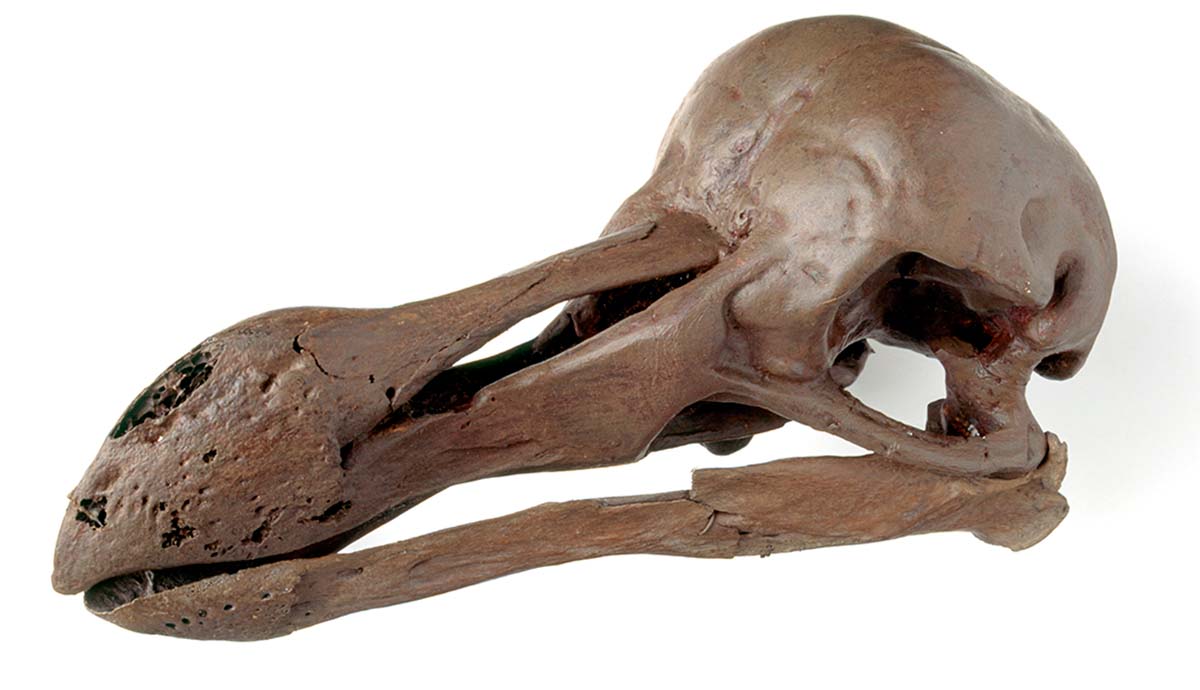
The dodo was able to swallow large seeds, so its loss means that bigger plants aren't as able to be spread by animals today. © The Trustees of the Natural History Museum, London
Extinction is a serious global issue, but islands face this challenge more than most. Their limited size and resources mean that it only takes a relatively small amount of pressure to wipe wildlife out.
Almost three quarters of all vertebrates that have been driven extinct by humans lived on islands. The majority of these extinctions were caused by the introduction of non-native and invasive species such as mice, snakes, goats and cats.
One of the most famous examples is the dodo, which evolved in isolation on the island of Mauritius. It had few natural predators and plenty of food, allowing it to thrive for thousands of years before humans settled on the island.
While fully-grown dodos were hunted for their meat, introduced animals such as pigs and rodents ate its eggs. This drove the dodo to extinction within a century of Mauritius being colonised.
But the loss of the dodo and other large seed-eating animals, like the Mauritius giant tortoise, has also set the island’s plants on the journey to extinction. The team’s previous research revealed that over a quarter of the island’s fruits are now too big to fit into the mouths of surviving seed-spreading animals.
Eating seeds is important for these plants as passing through the gut helps their seeds to grow. The process of digestion removes pulp from around the seed and wears away at its tough coating, triggering germination once it has passed through the animal.
Being eaten also provides a further benefit as the animals disperse the seeds from the parent plant. This helps to spread the seeds, reduces competition and limits the risk of disease spreading.
Without these animals, the ability of these plants to grow and disperse has fallen, making them more at risk of becoming another casualty of historic extinctions.
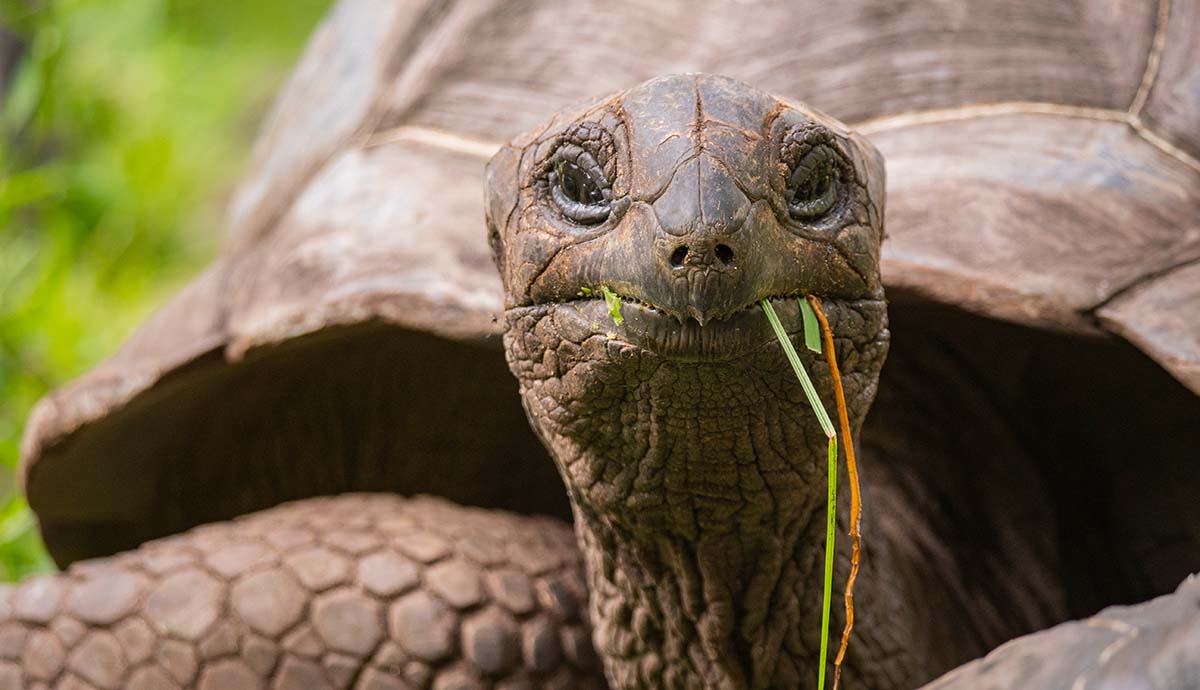
Releasing the Aldabra giant tortoise into the wild would increase the average mouth size of seed spreading animals on Mauritius. © Hyserb/ Shutterstock
The researchers found that on the islands they studied, almost a quarter of bird, mammal and reptile species had gone extinct since the arrival of humans.
Larger animals with the biggest mouths were most likely to have gone extinct, meaning that the average mouth size of seed-spreading animals fell by eight millimetres. This means that the number of plant species that can be dispersed by animals has declined, which in turn has increased their risk of extinction.
At the same time, over 90% of the islands saw new fruit-eating animals introduced. On the surface this might seem like a good thing, but the team found that these introduced animals are usually mammals which tend to be larger and destroy more seeds than the native species they replaced.
“Larger mammals are often introduced because of their food value to humans,” Julia says. “Wild pigs, for example, have a lot more meat than the smaller species they might replace.”
“Some of these mammals are more likely to destroy seeds because they have much broader diets than native animals. Mammals are more likely to chew through the seeds than birds and reptiles, which generally swallow them completely.”
While these historic introductions have devastated the ecosystems of numerous archipelagos, carefully planning could help to reverse the damage. For example, introducing the Aldabra giant tortoise into the wild on Mauritius could help larger seeds be eaten again.
To ensure any introductions are a success, it’s vital to understand how different islands have been affected by the loss of their fruit-eating wildlife. Julia hopes to explore this topic as part of her future research.
“Some islands, such as Lord Howe, have been more strongly affected by human-driven extinctions and introductions than others,” Julia explains. “We don’t currently know why, so I’m hoping to explore what exactly causes the differences between archipelagos.”
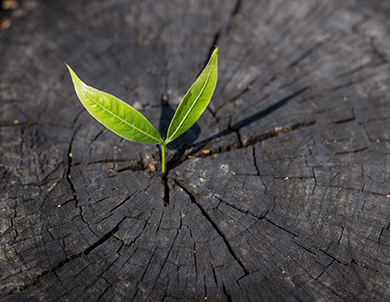
We're working towards a future where both people and the planet thrive.
Hear from scientists studying human impact and change in the natural world.
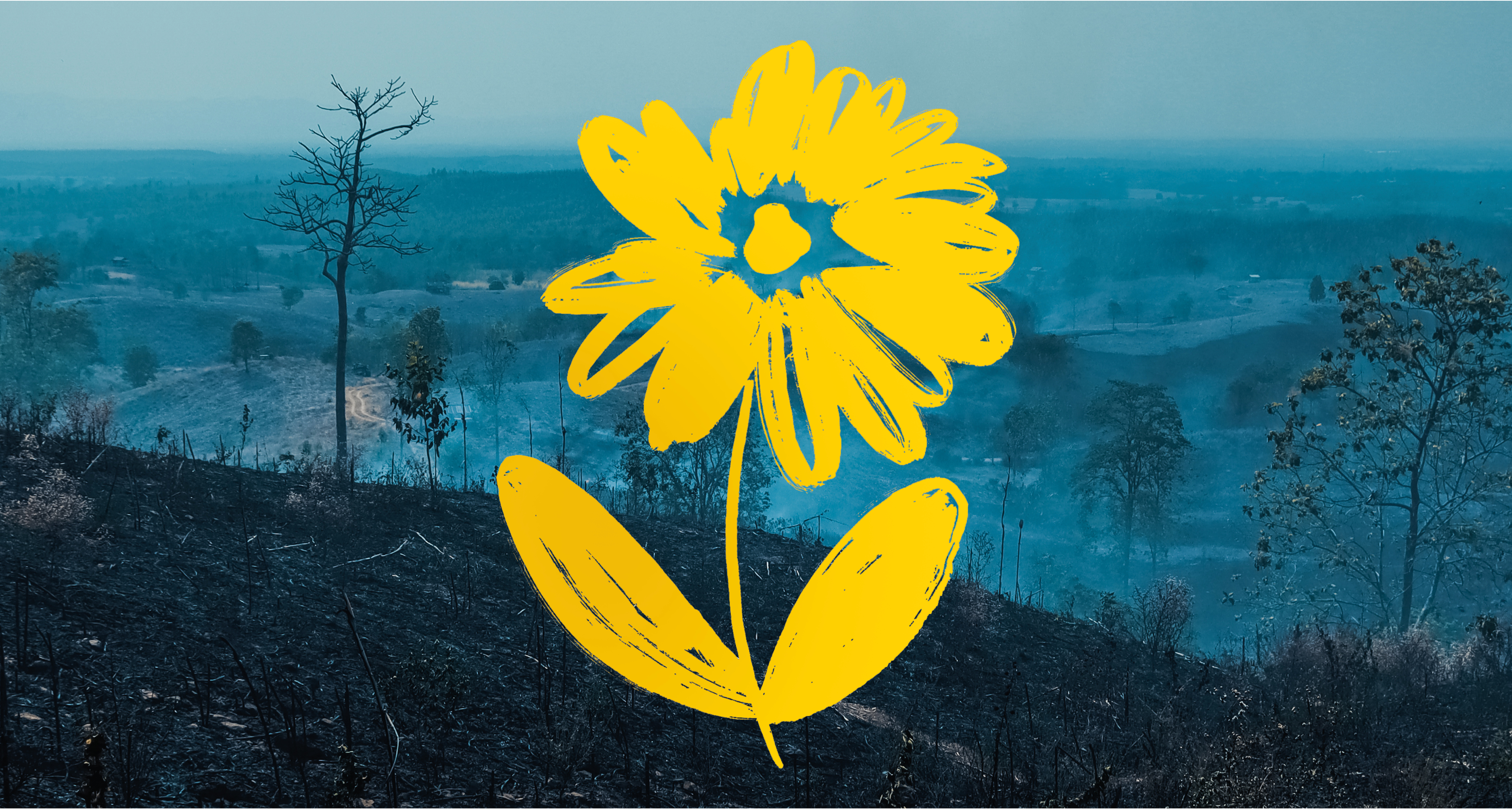
Explore the biggest challenges facing the planet and discover science-backed, hopeful solutions that will help us to create a more sustainable world.

Use our tool to find actions that are good for you, your community and the planet.
Don't miss a thing
Receive email updates about our news, science, exhibitions, events, products, services and fundraising activities. We may occasionally include third-party content from our corporate partners and other museums. We will not share your personal details with these third parties. You must be over the age of 13. Privacy notice.
Follow us on social media